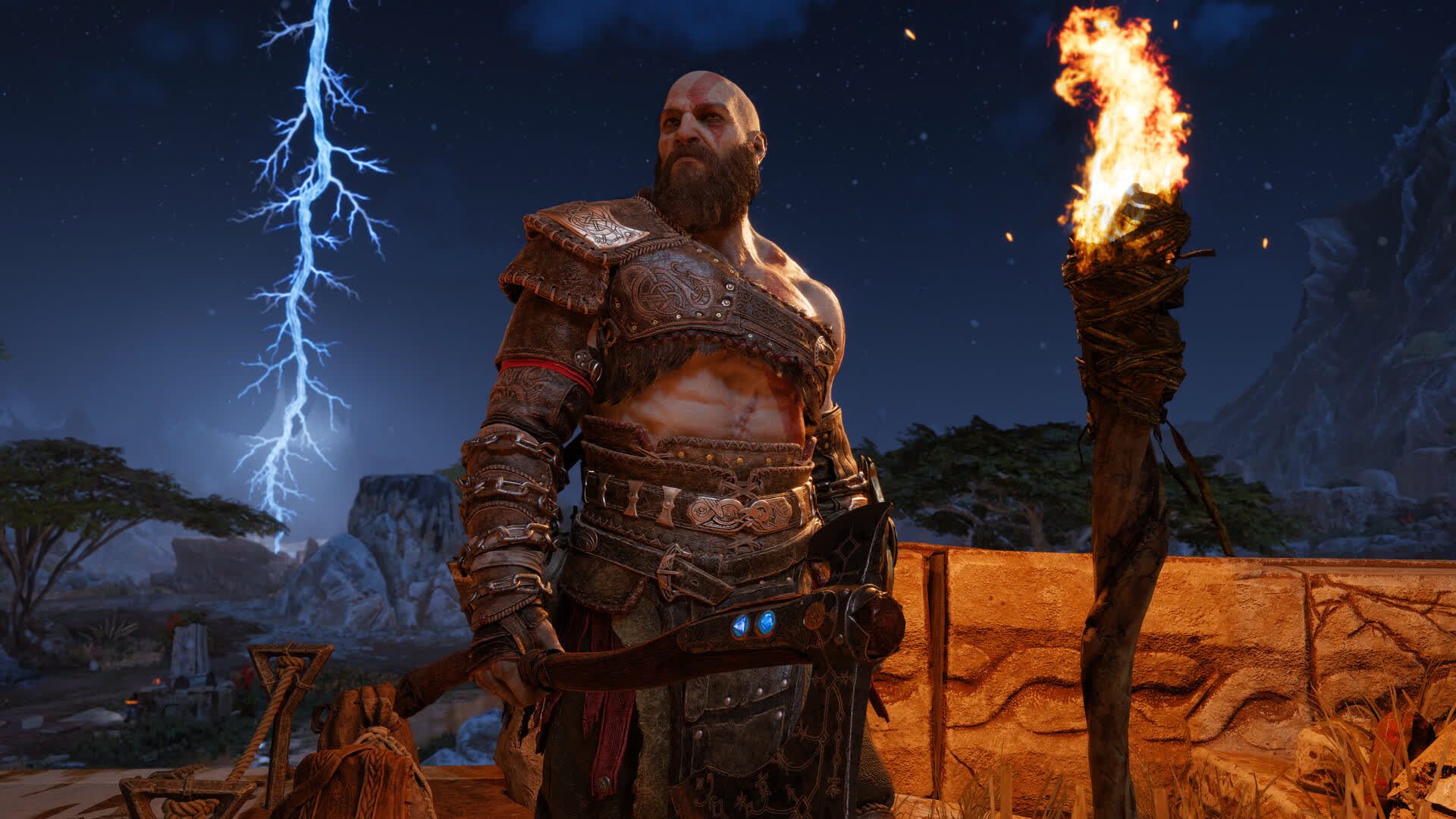I wasn't talking about brightness. I was replying to davis.anthony's position...
What is this new display tech that doesn't use sample-and-hold
The sample and hold problem is related to brightness like troyan pointed out. Once you have pixels that are bright enough you can reduce the “hold” that causes persistence blur. The tech to reduce this hold already exists - BFI. The missing piece is bright enough pixels that don’t need to stay on for an entire refresh interval in order to produce sufficient average brightness.
A 120hz display that’s “on” for 1ms and “off” for 7.33ms will likely look and feel better than a 480hz sample and hold display that’s “on” for the entire 2ms refresh interval with frame gen enabled. But it needs to be bright enough during that 1ms.
Last edited:


